Drones, amphibious cars to get disaster roles
Drones, amphibious vehicles, and remote-controlled vessels could help emergency services combat disasters this year as one state looks ‘outside the box’.
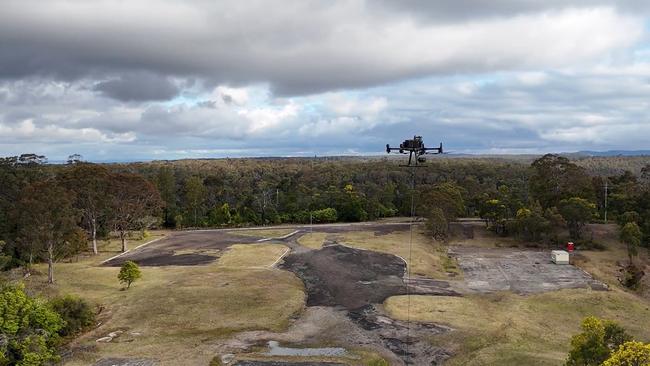
Drones, world-leading amphibious vehicles and remote-controlled vessels could help firefighters and emergency services combat bushfires and floods this year, as the NSW government looks “outside the box” to prepare its disaster-response arsenal.
State-of-the-art drones and unmanned surface vessels were introduced as part of a NSW State Emergency Services trial in November, and the state Rural Fire Service received $3m for a two-year technology development program to better equip firefighters, a bespoke program in conjunction with the University of Sydney’s robotics centre.
As part of that push, the RFS is set to introduce advancements in field and aerial robotics and truck telemetry, while the NSW SES could soon roll out enhanced flood barriers, trial bikes and e-bikes, as well as amphibious vehicles developed by Canadian all-terrain vehicle giant Argo.
Known colloquially as sea drones, the USVs allow the SES to launch rescues safer and quicker, and the rapid placement of draw lines to establish safety nets downstream.
The SES’s drones can be used for storm and flood operations, and rescue and land searches.
Unlike viral footage showing prototype drones in China’s Shanxi province fighting building fires with retardant, those being trialled by the SES would provide aerial support to map and pinpoint concern areas, and follows the state RFS trialling similar technology in its operations.
NSW has so far avoided widespread fires this summer, unlike in Victoria, but Emergency Services Minister Jihad Dib was prepared for action if conditions worsened, and RFS crews this week fought to contain multiple fires in the Hunter Valley.

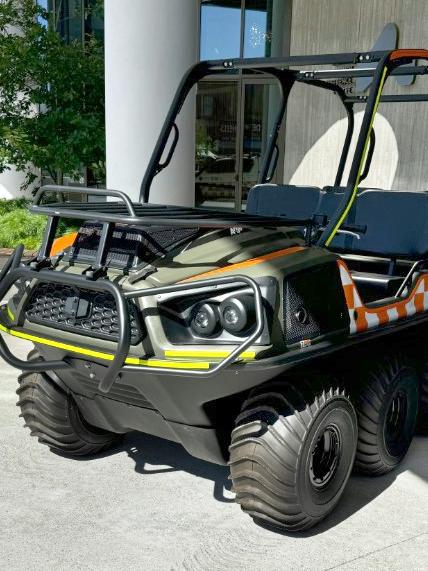
The agencies are also preparing for autumnal flooding after devastating 2022 floods in NSW’s Northern Rivers destroyed homes and killed 27 across the east coast.
Mr Dib said the trials and technological innovations would ensure the government was never caught flat-flooded.
“When it comes to preparing for and combating natural disasters, it’s helpful to think outside the box so we have as many tools in our arsenal as possible,” he said.
“Technology can play a role in disaster mitigation and management, from AI predictive and training tools to robotic rescue devices that help retrieve people from floodwaters – the opportunities seem endless.
“This new technology offers a wide variety of uses, including the potential to improve the way we respond to wildfires and manage natural disasters, especially in areas which are difficult or dangerous for people to access.”
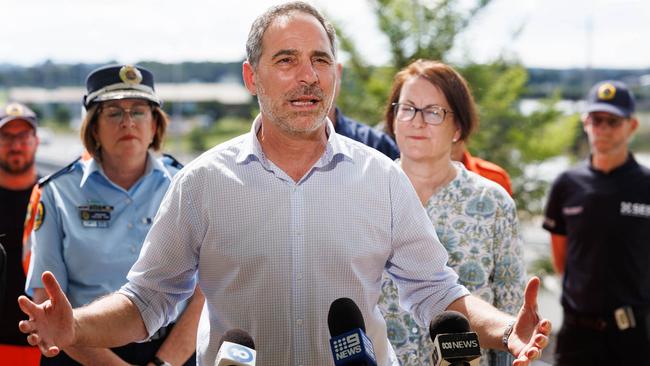
RFS commissioner Rob Rogers said the technology and the trial’s potential were “extremely exciting”.
“Whether it’s wearable devices capable of monitoring the precise location and condition of firefighters, or the ability to deploy a robot to locate fallen and dangerous trees, keeping crews safe is our No.1 priority,” Mr Rogers said.
SES deputy commissioner Daniel Austin, who oversees capability and training, said the agency was “committed to maximising our preparedness”.
“That’s why we’re innovating the tools we use to respond to future emergencies, by trialling new assets to see what is efficient and effective in completing operational tasks and improving the safety of our volunteers and the public,” Mr Austin said.
“The trial will thoroughly evaluate the feasibility of new technologies, assets and processes to improve operations and support local and interstate response.
“Equipment such as drones and unmanned surface vessels could result in flood rescues and intelligence gathering without the need for personnel to enter dangerous floodwaters, which could enhance volunteer safety and improve response times and access to remote locations.”
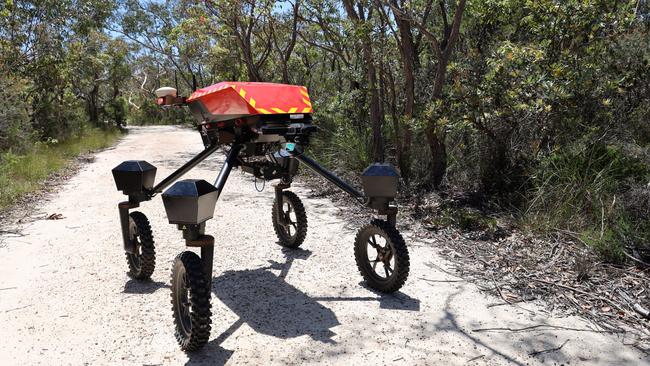
Public Service Association general secretary Stewart Little said Australia’s rural firefighters were the “best in the world” and “experts in the field”.
“We welcome any new technology to assist our firefighting capacity, including drone technology,” Mr Little said, criticising previous governments for cutting firefighting capacity and urging a safeguarding of the levels the NSW Labor government had reintroduced.
Victoria’s Country Fire Authority is also looking at how drone technology can aid its operations as its firefighters grappled with bushfires across the Grampians National Park that had burnt more than 76,000 hectares.
The agency has a limited drone program and its deputy chief officer, Garry Cook, said their deployment had a “huge potential” to aid firefighters in developing aerial footprints and fire-ground operations.
“The potential is huge ... (drones are) limited in their ability to assist in fighting fires (currently),” he said, adding that the CFA was always looking at how technology could support firefighters and make operations safer.
“We’re always recruiting for volunteers, but if we can use the latest technology to support (them) that helps us to attract and retain volunteers.”





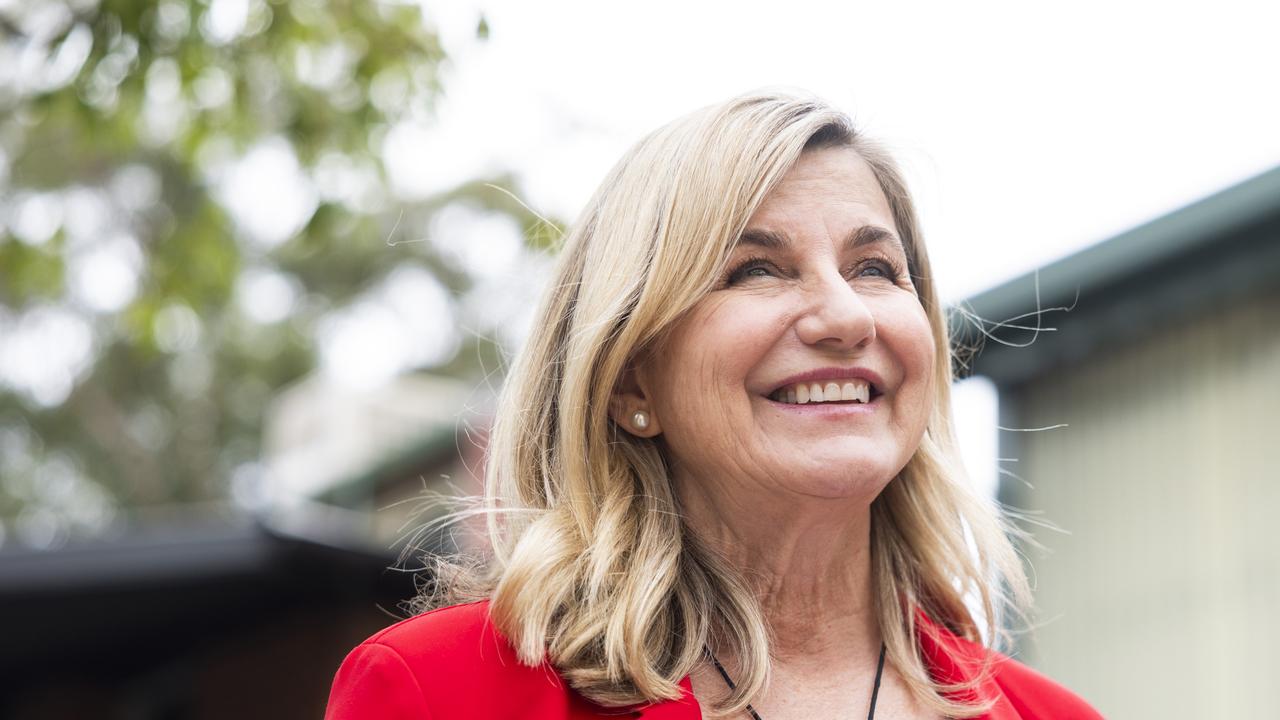
To join the conversation, please log in. Don't have an account? Register
Join the conversation, you are commenting as Logout